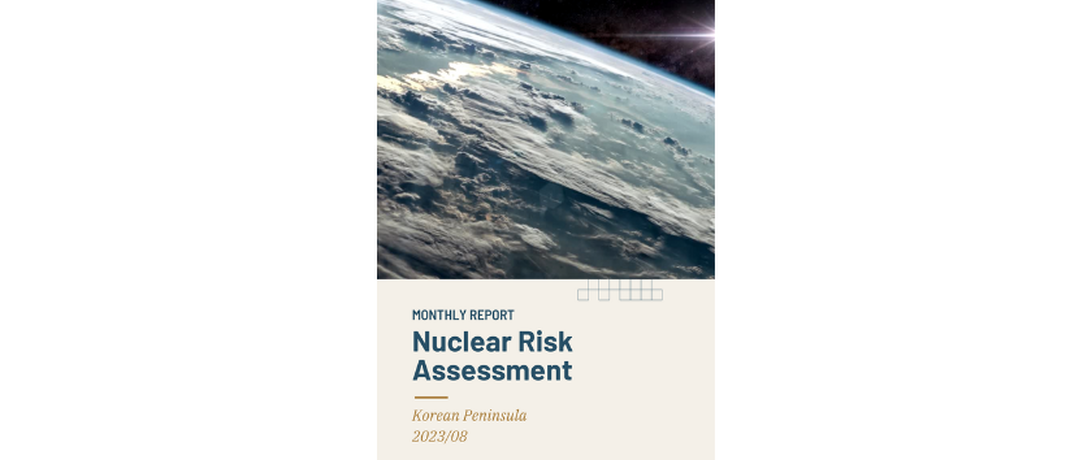Key Takeaways in August
DPRK Military Steps Up “War Preparations”, Second Attempt to Launch Reconnaissance Satellite Fails; International Community Remains Divided on DPRK Nuclear Challenges. Citing a deteriorating security situation around the Korean Peninsula and increasingly hostile military activities by the United States and its allies, Kim Jong Un ordered the military to step up war preparations and made two tours inspecting weapon factories. He also oversaw a command drill to examine the capabilities of the KPA to “occupy” the ROK. While the DPRK’s second attempt to orbit a reconnaissance satellite was unsuccessful, the launch showed some signs of operational improvements and is likely to be followed by another launch attempt soon. In a further reflection of the current state of relations in the region and beyond, the international community failed to come to any consensus, including on DPRK issues, at a meeting of the Treaty's on the Non-Proliferation of Nuclear Weapons (NPT) current review cycle. A joint statement issued by 74 States was condemned by the DPRK. With the announcement of enhanced security and military cooperation and coordination between Japan, the ROK and the United States at a Camp David summit, the DPRK is likely to continue along its current path of accelerated development of its nuclear programme for both strategic deterrence and warfighting purposes.
KPA Continues Navy Modernization, Considers New Navy Response Posture Against US Aircraft; Kim Jong Un Calls for Increased Production of Artillery Rockets With Higher Efficiency. Kim Jong Un inspected a new frigate and ordered further modernization of the navy, highlighting the developmental trajectory of the KPA, which is increasingly centred around nuclear weapons. Prior to Kim’s inspection, the KPA announced a plan to counter US reconnaissance aircraft with navy vessels. Additionally, Kim Jong Un also ordered the mass production of conventional precision-guided rockets, which could strike the greater Seoul area with higher efficiency.
DPRK Border Opening Amid Continued Economic Struggles; Institutionalization of US-ROK-Japan Security Cooperation and Growing DPRK-Russia Ties. In August, the DPRK continued to show signs of a strained domestic economic and agricultural situation, while beginning to reopen its borders to passenger travel after a three-year-long lockdown period, starting with returning citizens stranded abroad. Following a trilateral summit at Camp David, the closer cooperation between Japan, the ROK and the United States on security issues appears to have spurred the DPRK to express even closer alignment with Russia, reflecting a further deepening of divisions between oppositional blocks in the region.
Access the full report below or as a PDF on the right-hand side.
